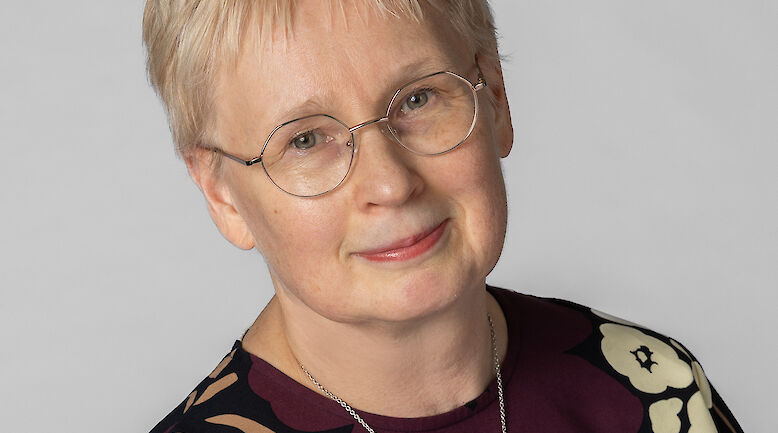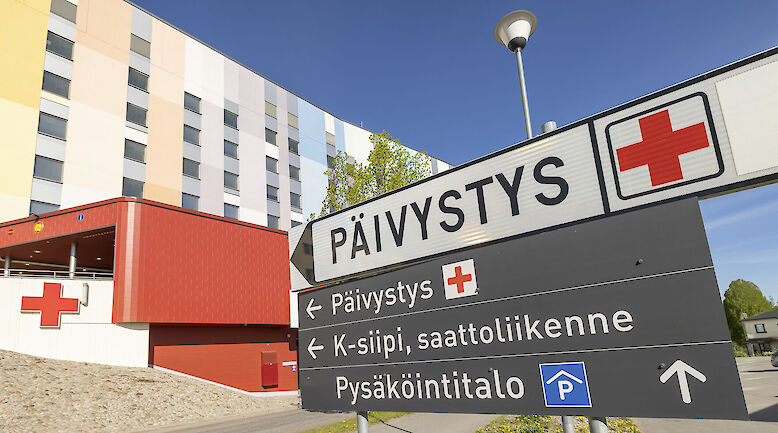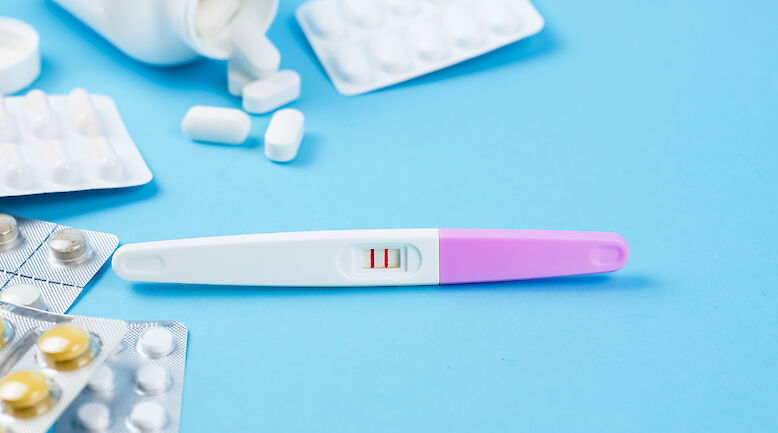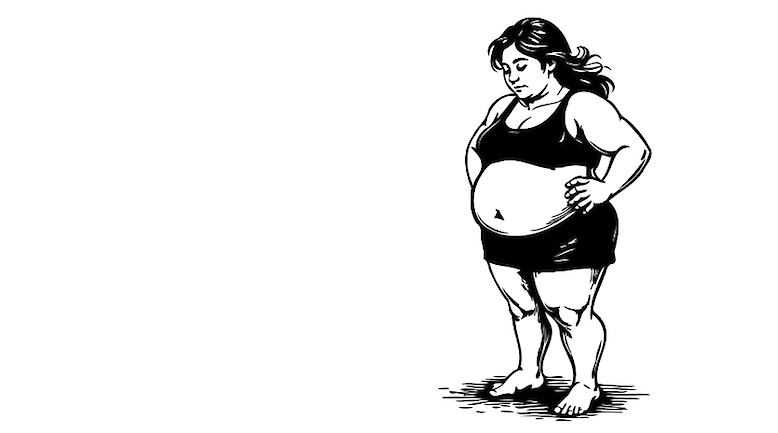English summary: THE SURVEILLANCE RESULTS OF THE SECOND WAVE OF 2009 PANDEMIC INFLUENZA A(H1N1) IN FINLAND, NOVEMBER 2010-APRIL 2011

The second wave of influenza caused by the pandemic influenza A(H1N1) 2009 virus occurred in Finland between 23.11.2010-30.4.2011. The epidemic started at the end of November, and it peaked in January-February 2011. Most of the subtyped influenza A viruses represented the pandemic influenza A(H1N1) 2009 viruses and less than 5 % were of the seasonal influenza H3N2 type. During the overall epidemic, influenza B virus infections were more common than influenza A virus infections, but the peak activity was observed later in spring. Based on data of laboratory-confirmed cases, influenza A morbidity was highest in persons aged 15-64 years, whereas influenza B virus infections were more abundant in children. Among patients admitted to intensive care, pandemic influenza A(H1N1) 2009 virus was the most common pathogen (52/81): the median age of the patients was 50 years, two thirds (35/52) were males and more than half (30/52) of the patients did not have any underlying conditions. Most patients had not been vaccinated with pandemic or seasonal influenza vaccine. In total, during the second pandemic wave in the epidemic season 2010-2011, 13 deaths related to pandemic influenza A(H1N1) 2009 virus were reported (median age, 62 years; range, 7-87) with most deaths (11/13) occurring in patients with an underlying illness. The change in age distribution of influenza patients from children to young adults between the first and second wave may reflect immunity obtained through high vaccination coverage and higher morbidity in children during the preceding season. The numbers of deceased patients and those admitted to intensive care was smaller, however some a part of these cases could have been prevented by influenza immunization.













